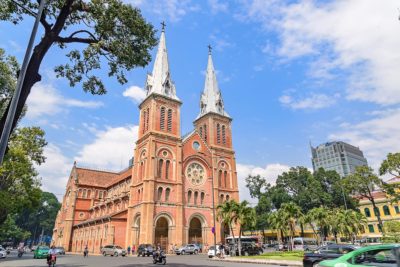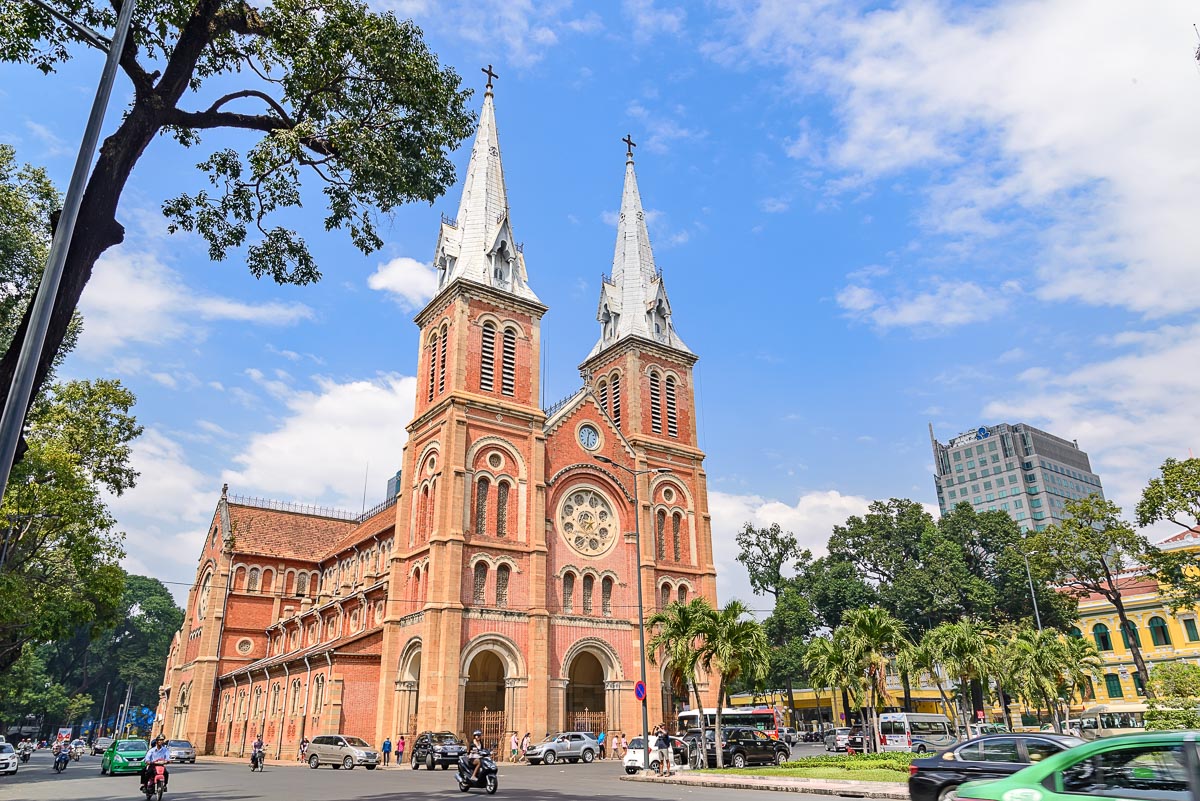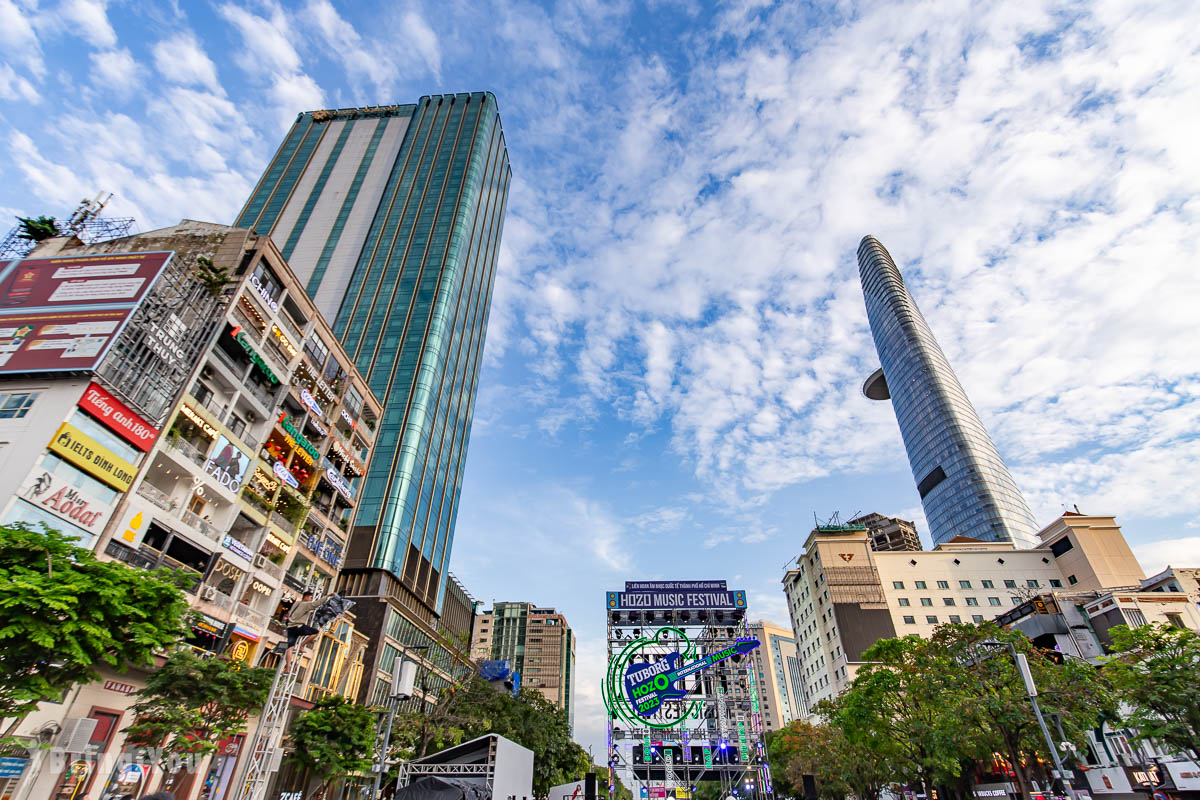
Looking for what to do in Ho Chi Minh City as a first-timer? You’ve come to the right place!
As a tour guide who has been working here for five years, I’ve got a lot to say!
The unique lifestyle and culture in Ho Chi Minh City has completely changed me. It reshaped the young mindset of an 18-year-old girl who started her tourism career at HCMC National University until she came back to her hometown to run her very own vacation rental, Mekong Pottery Homestay.
And I’m gonna share with you all the best things I’ve known about HCMC (or should I just say Saigon) so you can have a heads-up.
This ultimate guide to Ho Chi Minh City is all about safety, things to do, getting around, tasty bites, and recommended day trips.
More on that below!
Ho Chi Minh City At A Glance
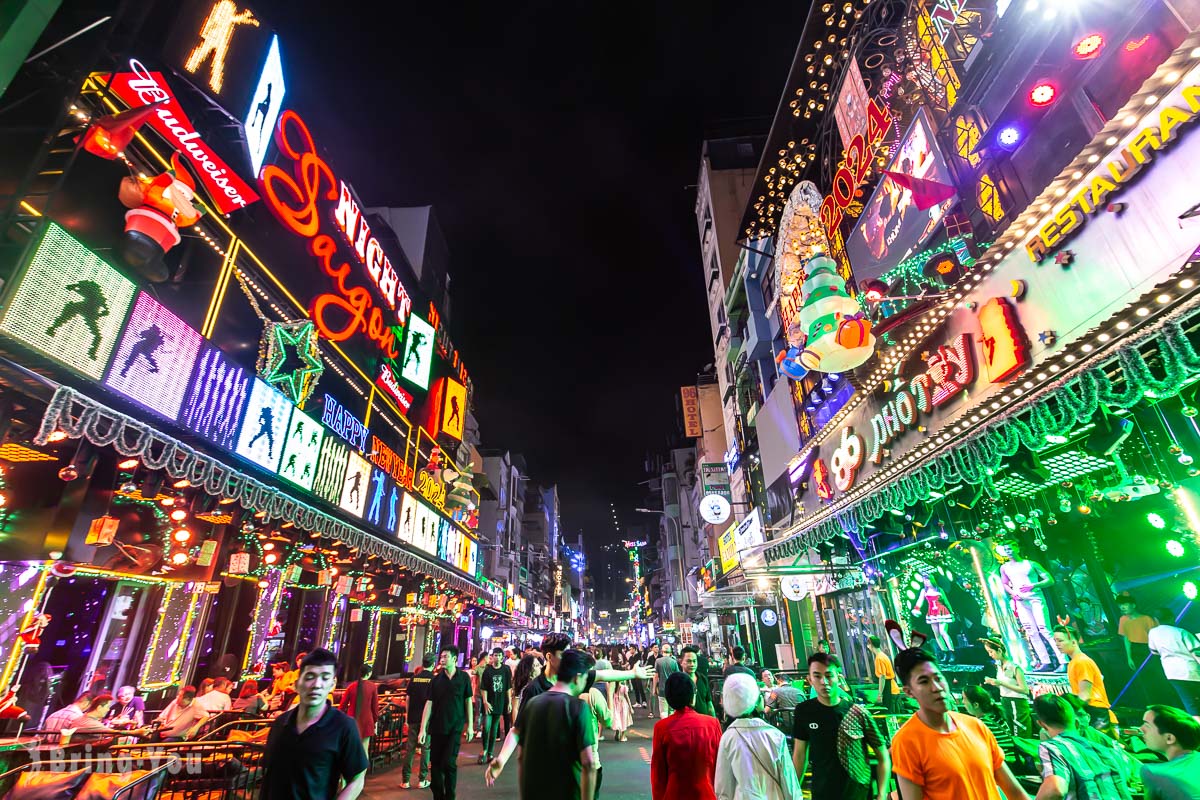
Compared to the rest of Vietnam, HCMC (and the rest of Southern Vietnam) is the youngest region. Officially established in 1689, HCMC (originally named Saigon) has been around for over 300 years. That’s a lot younger than the 2000-year-old Hanoi, Vietnam’s current capital city.
As a new-found land, HCMC is a hippie melting pot of cultures. Dubbed the sleepless city, HCMC is nourished with great job-ops, an amazing food scene, trendy neighborhoods, and a strategic location that easily connects you with the Mekong Delta in the southernmost or central coastal region – by land and sea.
Standing the test of time despite political conflicts, HCMC is still going strong, preserving enchanting neoclassical architectures and whimsical French Indochine buildings. Saigon Notre Dame, the Post Office, and the People’s Committee of HCMC are a few to be named.
Fun Fact: People in the South prefer the original name, Saigon – while Northern Vietnamese like to call it Ho Chi Minh City, named after Vietnam’s greatest leader.
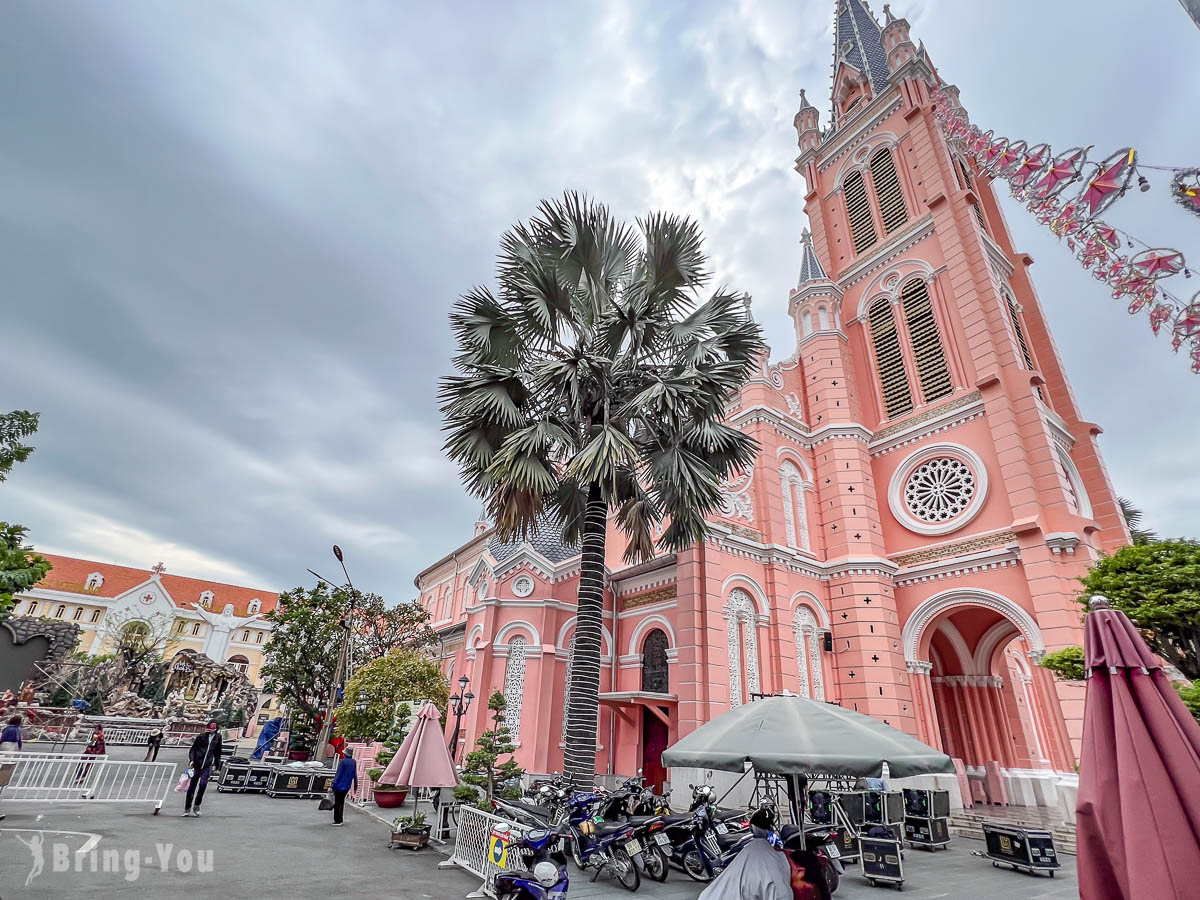
Is Ho Chi Minh City Safe For Tourists?
Pickpocketing is the most common threat. It happens to everyone walking down the quiet streets at night, let alone tourists.
There are no life-threatening factors such as murders or shootings since guns are banned by the state. However, I highly suggest you practice caution and raise awareness of your surroundings. Do not leave your personal belongings unattended. If you must talk on your phone when walking down the road, make sure you have a ribbon attached to your hands.
It isn’t limited to quiet roads or urban areas. Even busy areas like Bui Vien Walking Street are still under thieves’ radar. So watch out!
How To Get To The City Center From Tan Son Nhat Airport?
Getting from Tan Son Nhat International Airport to the city center which is roughly seven kilometers away won’t break the bank. There are a few transport options you can consider: airport buses, taxis, Grab rides, and private cars.
For the airport bus, you can hop on No. 190, 152, or 49 to reach downtown. The buses park right outside of the terminal. The airport is pretty small so you won’t have a hassle looking for them.
Before boarding the buses, reach out to the ticket collectors standing next to the entrance to settle your payment. Cash is preferred. The fares range from VND 20,000 to 40,000, making it a budget-friendly choice.
Taxis are always available, but ensure the driver starts the meter and uses Google Maps to confirm the route. Carry small bills to avoid issues with change. Licensed taxi operators are stationed inside the terminal. Once you’ve collected your luggage, reach out to one of these guys to settle the deal.
If you plan to use Grab, a ride-hailing app, follow the direction signs to reach the designated waiting area which is further afield from the exit terminal. Grab drivers are not allowed to enter driveways that belong to private cars and buses.
Public Transport In Ho Chi Minh City
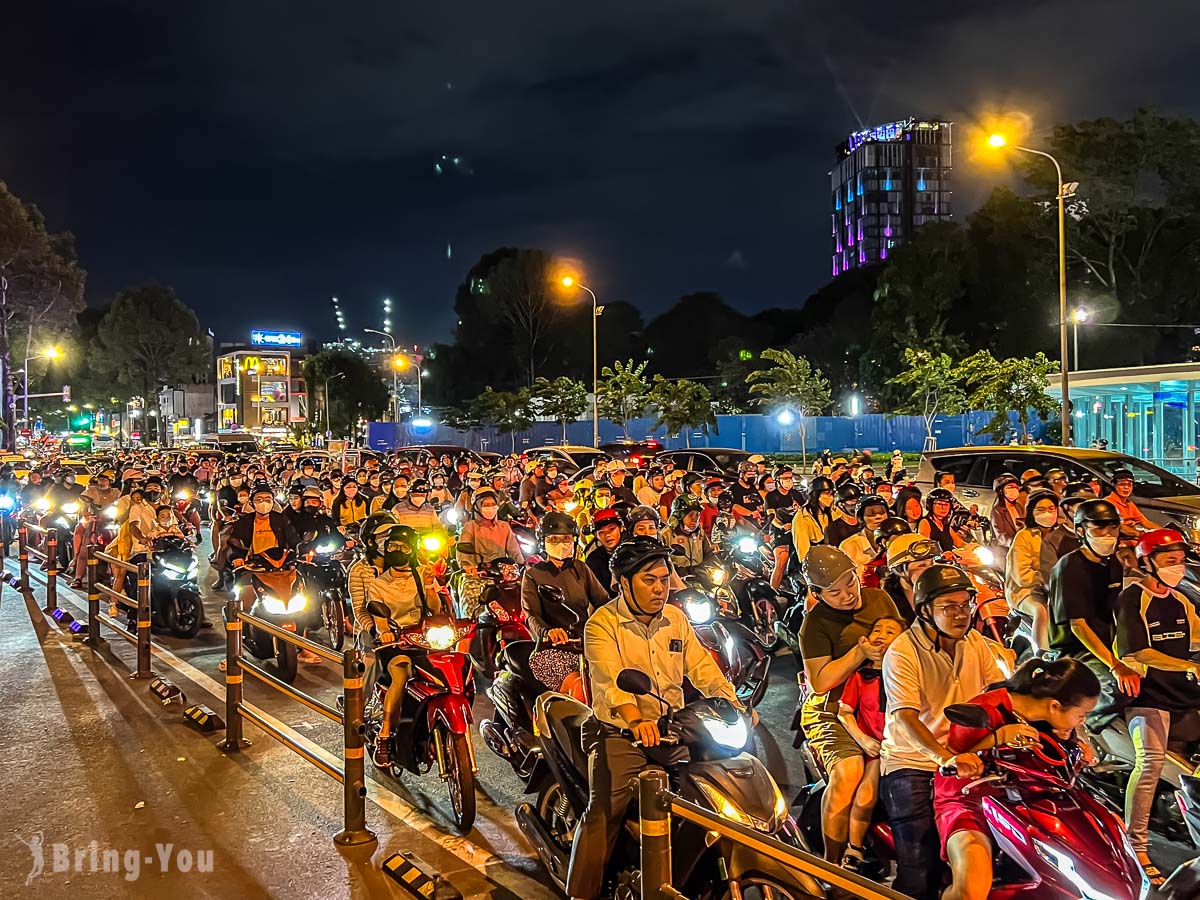
Simply put, HCMC is home to 22 districts, with District 1 (Dist. 1) serving as the centerpiece, wrapped around by other districts in order. It’s pretty much similar to how the French styled Paris with their ‘arrondissement’.
Dist. 1 is much more than a tourist area. It’s a commercial and political hub of Saigon, with big banks lining down the streets of Hàm Nghi and governor’s offices taking center stage around the cross-roads of Le Thanh Ton, Nguyen Du, Nam Ky Khoi Nghia, and Le Duan streets.
Hotel chains prefer this area, and most activities happen here as well.
To reach other parts of town as well as the airport, consider Grab. Public transport such as local buses and water buses are available but they are more of the residents’ preferences. The traffic in HCMC is insane so don’t expect the buses to be punctual.
Saigon Water Bus is another great way to observe the sparkling waterfront and skylines from a unique angle. The main station is Bach Dang in Dist. 1, connecting the downtown core with lesser-visited areas such as Binh An, Thanh Da, and other places in the northernmost of the city.
How Many Days Should You Spend In Ho Chi Minh City?
If you’re a first-timer here, I would say three full days to make the most of it. Since HCMC is the biggest city in all of Vietnam, it also serves as a stopover where most international flights arrive, connecting you further with the Mekong Delta or the South Central beaches along Vietnam’s coastline.
If time allows, spend the first day rocking the city center. Saigon City Tour and Night Food Tour are some of the best introductions to Saigon. And if you are immersed in the real lifestyle of a Saigoneer, opt for a motorbike tour.
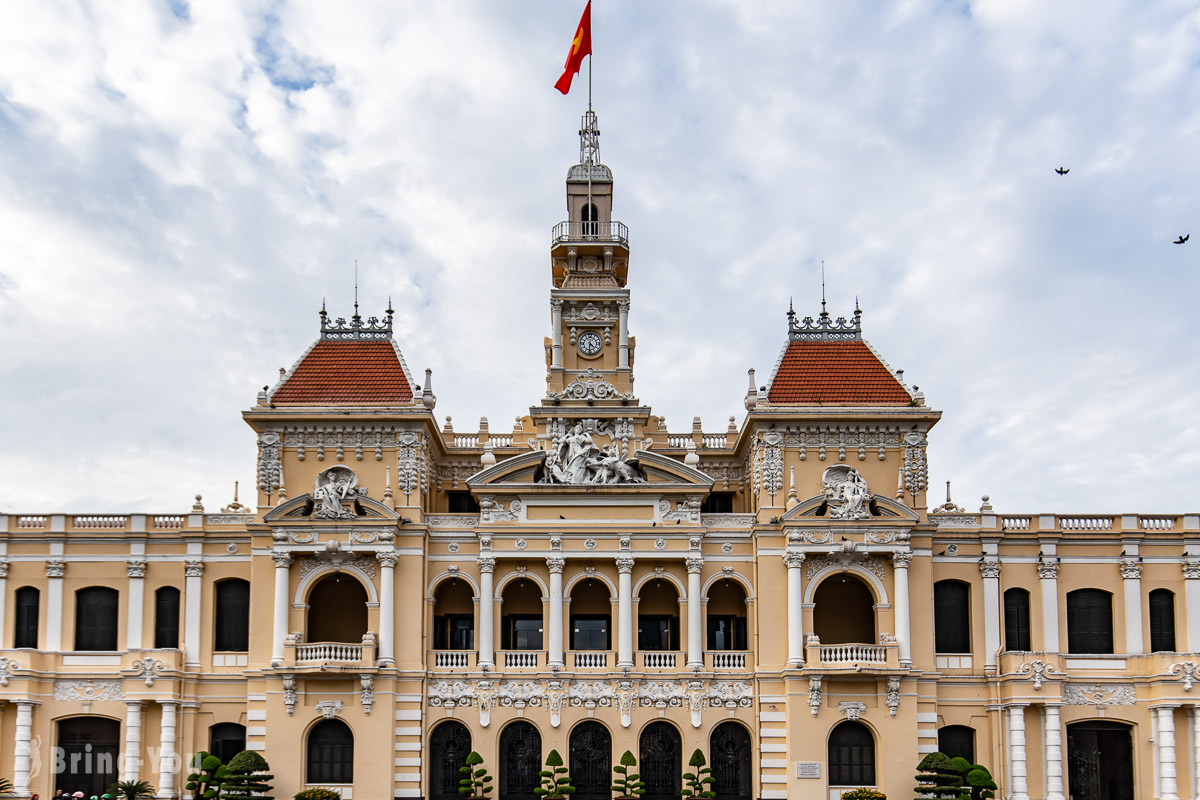
On day two, book a day trip to Cu Chi Tunnels.
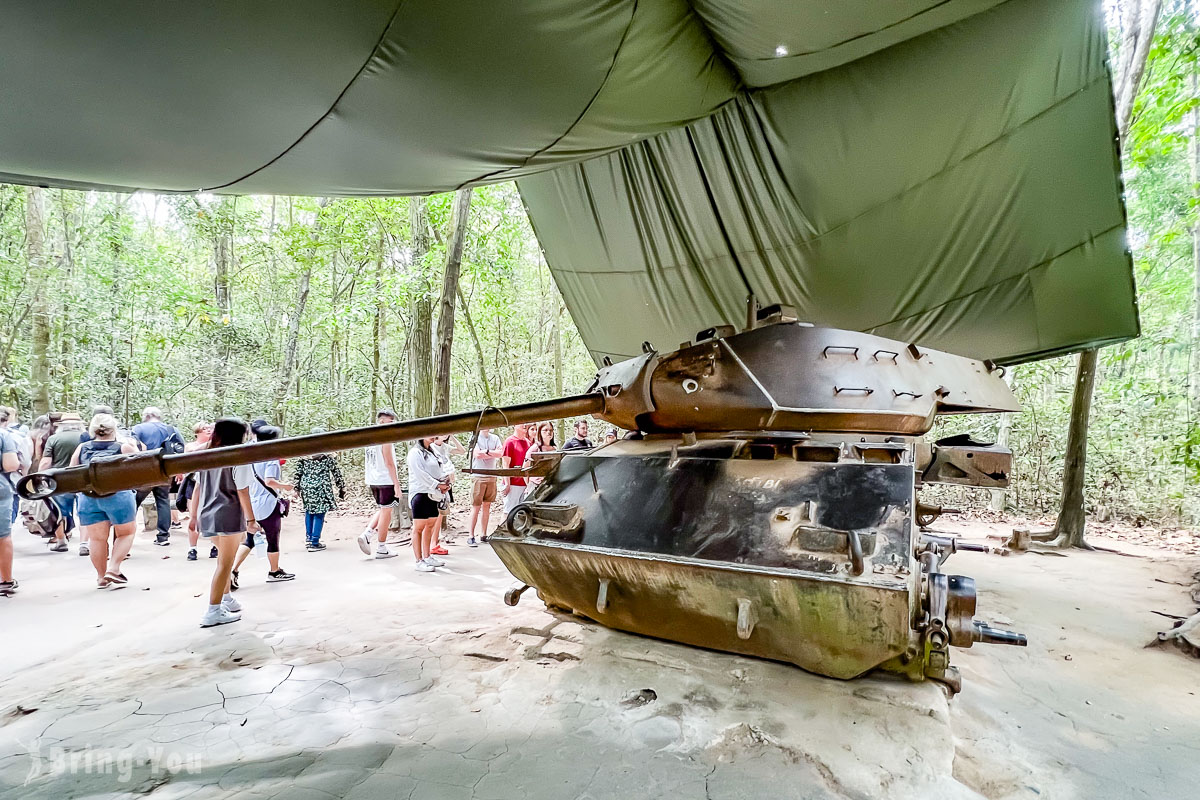
If you’re wondering if a one-day tour to the Mekong Delta is worth it, the answer is YES but only if you’re short in time. The Mekong Delta is huge, and if you wanna make the most of your authentic visit here, spend at least two full days down the delta.
Read More: 9 Places To Visit In Ho Chi Minh City: A Beginner’s Checklist
A Brief Breakdown Of Ho Chi Minh City’s Food Scene
HCMC comes alive when the sun beams down. Lights are up and people spill onto the roads causing traffic jams everywhere – that is when the food scene of HCMC comes to life.
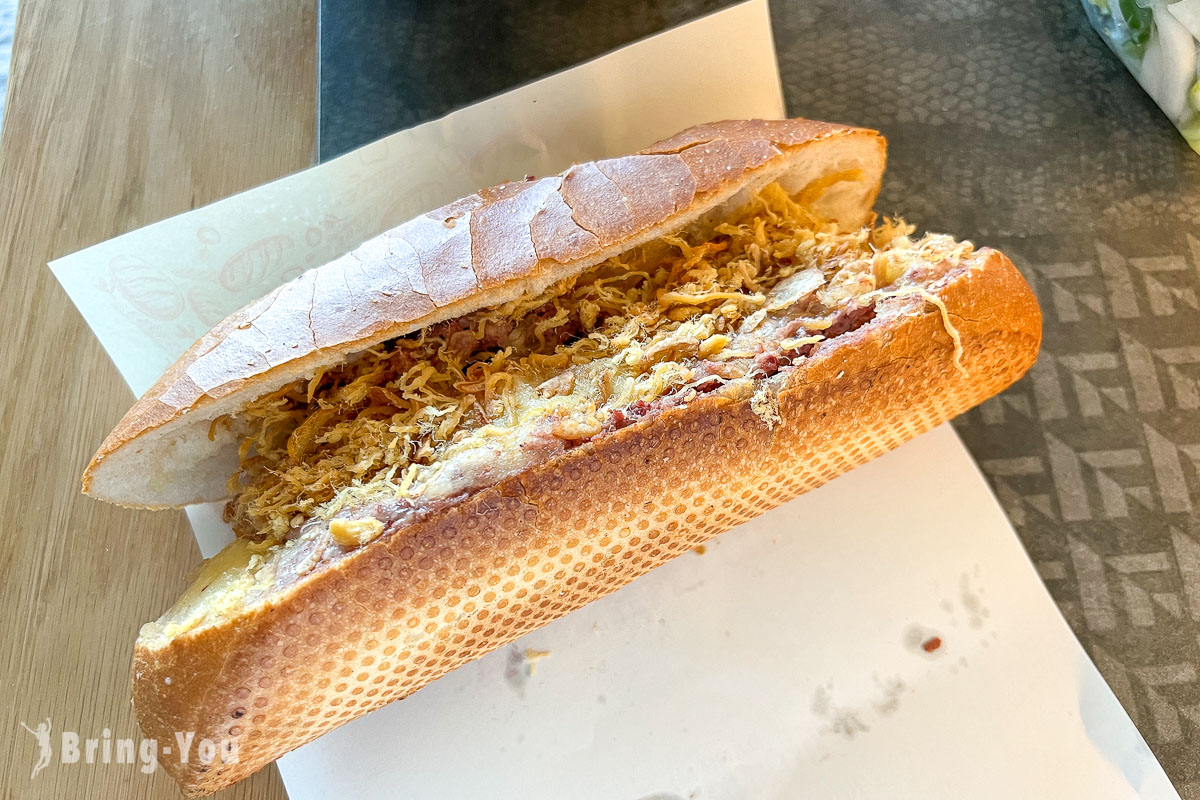
When the scorching sun disappears and people have passed their long hours of work, that’s when the greatest chefs of Saigon turn the fire on.
Pho, Banh Xeo, Goi Cuon, and Cha Gio have become the norm.
These are some of the most talked-about Vietnamese staples that have seen huge successes beyond the border.
Banh Mi Huynh Hoa is undoubtedly one of my favorite Banh Mi spots in Saigon. Its central location is a big bonus.
A regular serving at Huynh Hoa can easily eat two. The filling is so rich and hearty with lots of herbs, mayo, cheese, pate, pork floss, and cold cuts in it. Don’t wanna waste? Get one and ask them to chop it in half for a share!
Speaking of the best Pho in Saigon, I highly recommend checking out Pho Hoa on Pasteur Street or Pho Hien and Pho Hung on Nguyen Trai Street!
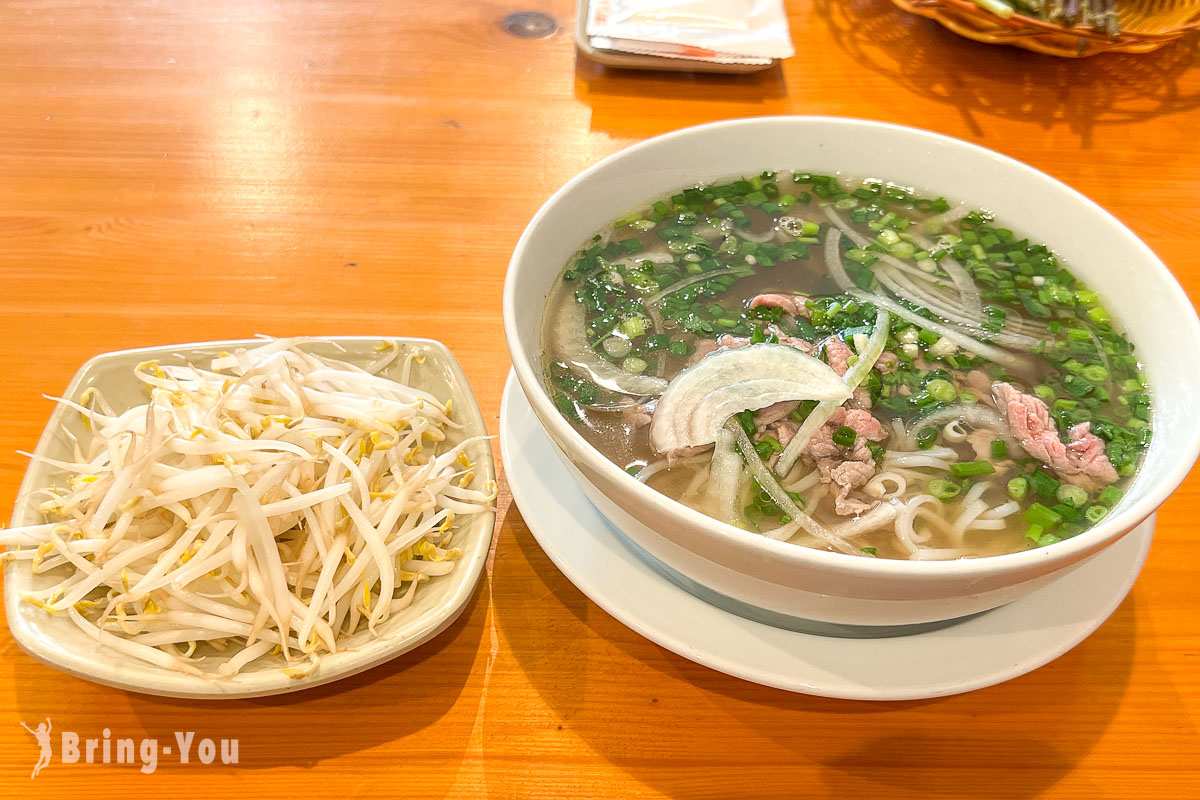
Higher-end restaurants like Noir Dining In The Dark, La Villa French Restaurant, Anan Saigon, The Deck, Pizza 4Ps, and Le Bourgeois dish up amazing plates. A reservation at these places is highly recommended!
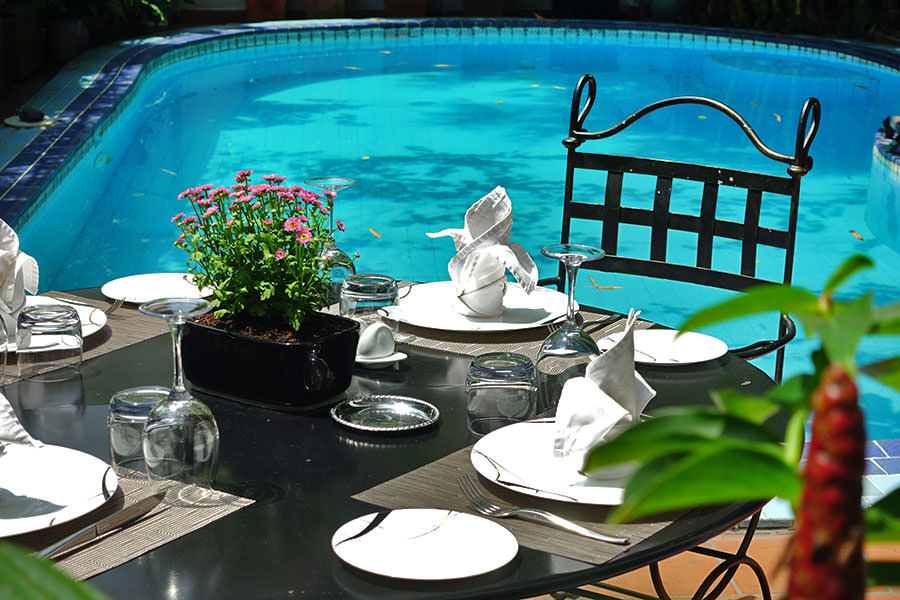
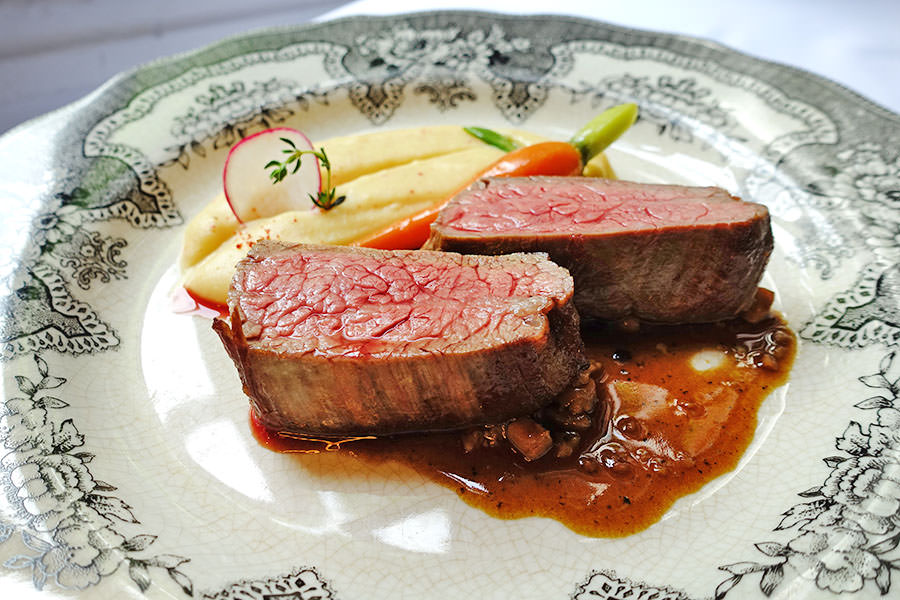
Drinks-wise, Vietnamese coffee can shake you up with one shot! With Robusta beans taking center stage, Vietnamese coffee inclines towards a strong, dark-roasted, and slightly bitter note. I lost count of how many coffee shops there are in HCMC. A common joke says there’s one cafe every two meters.
If you’re a dedicated Instagrammer, you must have known of the famous Cafe Apartment. Yeah – Building 42 it is! If you’re yet to visit, go check it out!
For those who are not into the strong profile of original Vietnamese coffee, check out Phuc Long! Considered a Vietnamese “Starbucks”, Phuc Long is insanely famous for their branded tea, mixing so well in their Signature Milk Tea that I’m sure it will delight your palate.
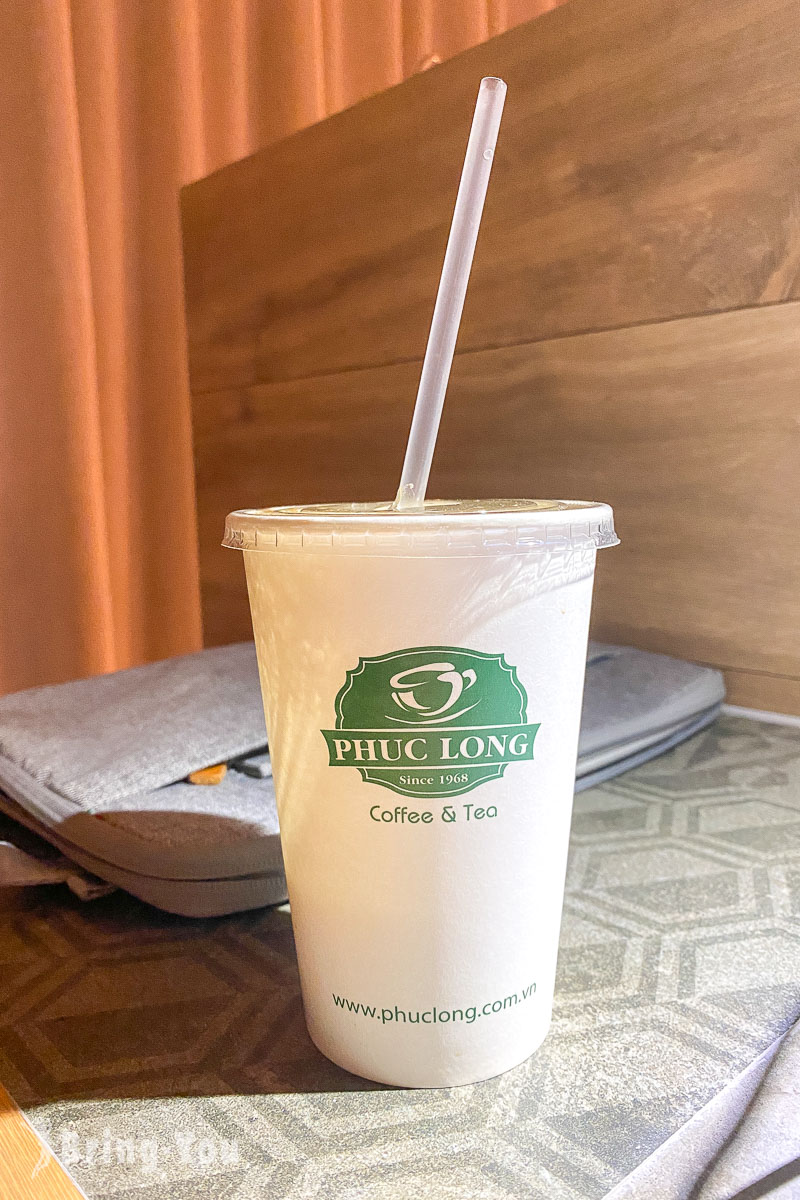
Where To Find The Best Souvenirs In Ho Chi Minh City
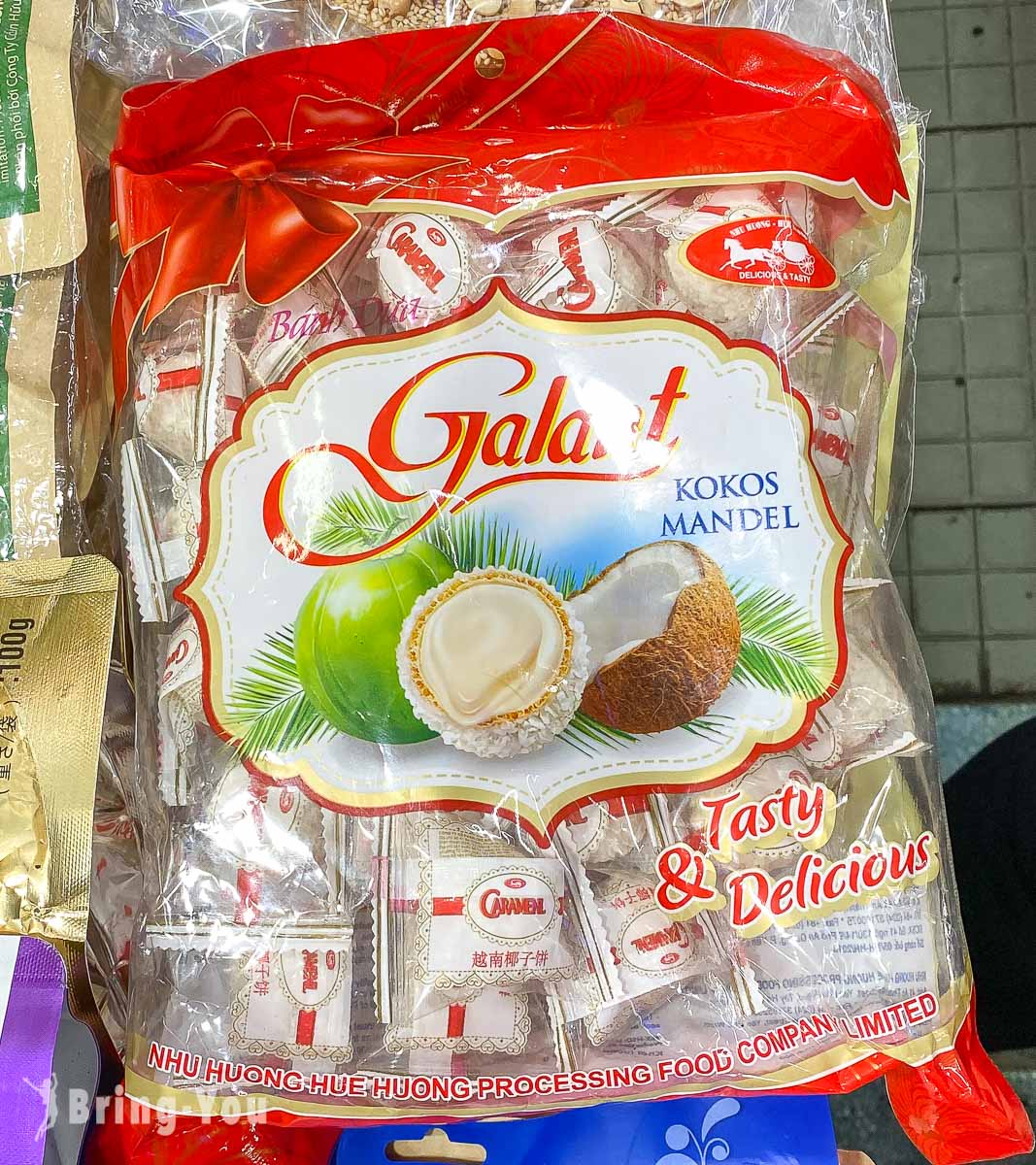
- Ben Thanh Market: This lively market offers a range of traditional Vietnamese goods, from fabrics to handmade items.
- Saigon Kitsch (Dist. 1): a fun store offering quirky and distinctive pieces such as pillow covers, shirts, bags, and more.
Final Words:
This lively city in Vietnam beautifully mixes the old and the new, blending a rich history with modern progress. Wander through bustling street markets, savor tasty Vietnamese dishes, and dive into the country’s story at museums and historical spots.
Saigonese folks are generally friendly, with just a few exceptions. Amidst the hustle, you’ll find small tables and stools lining the sidewalks. It’s a place of contradictions, where fast and slow harmoniously coexist in the vibrant energy of Ho Chi Minh.
